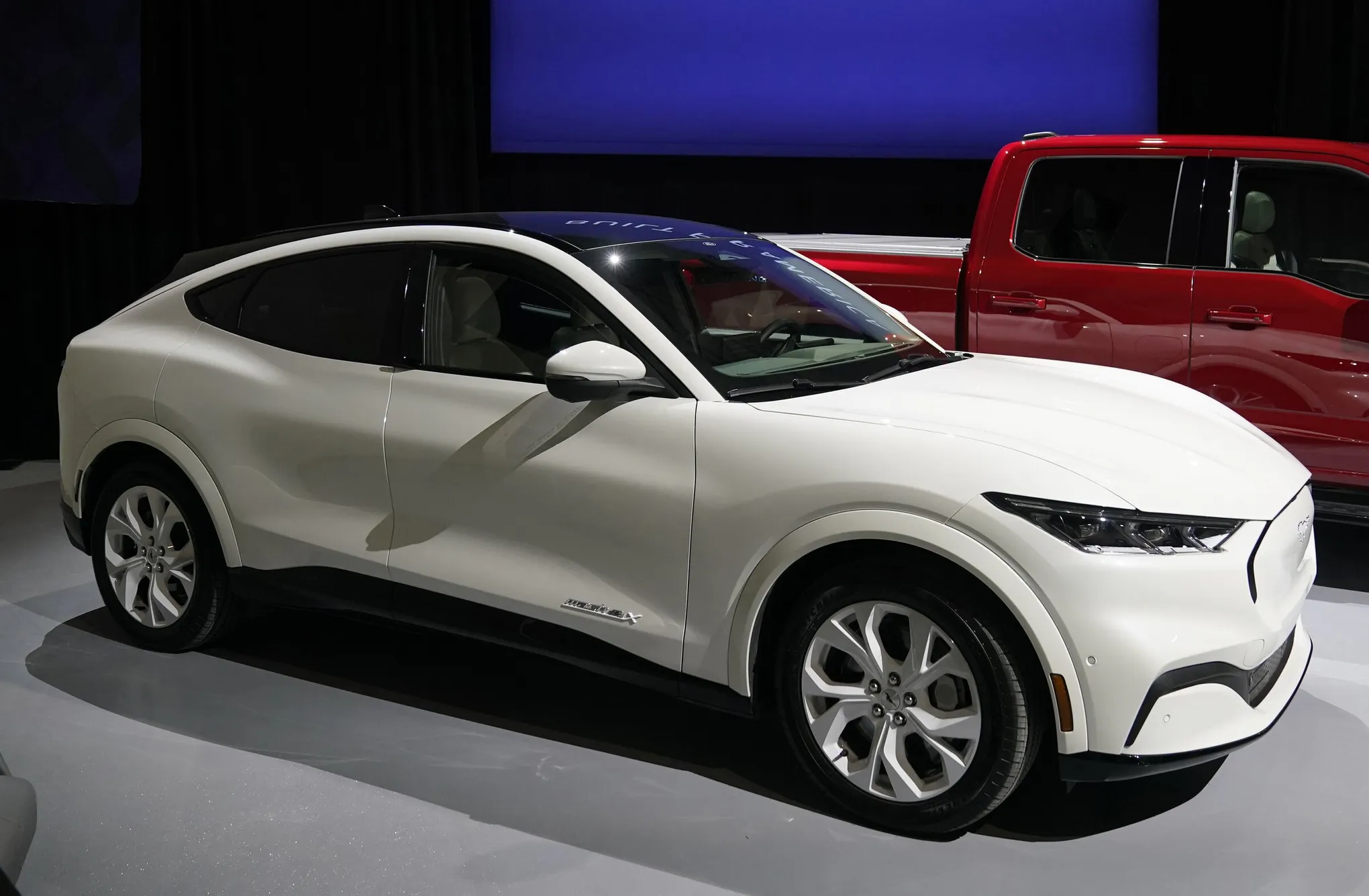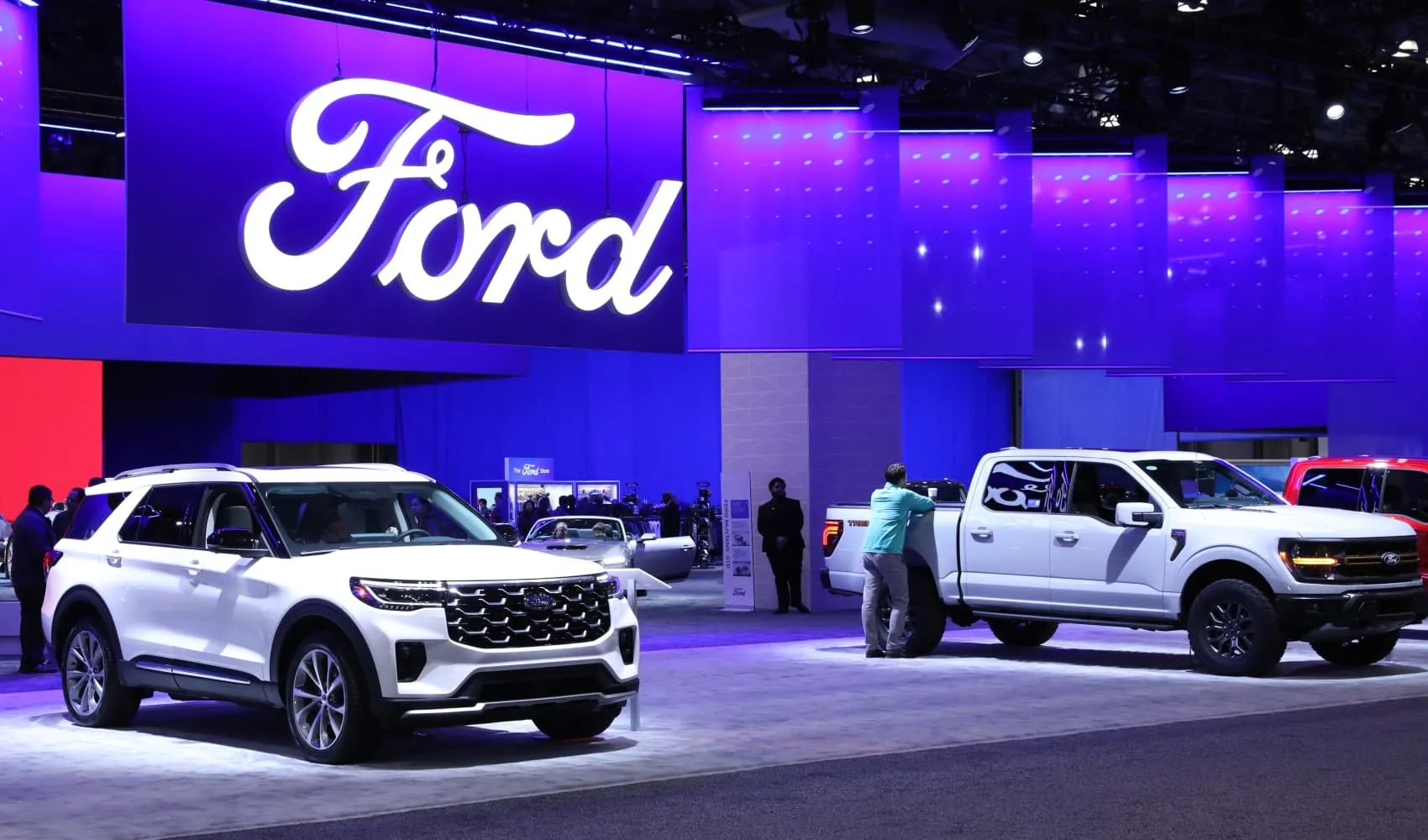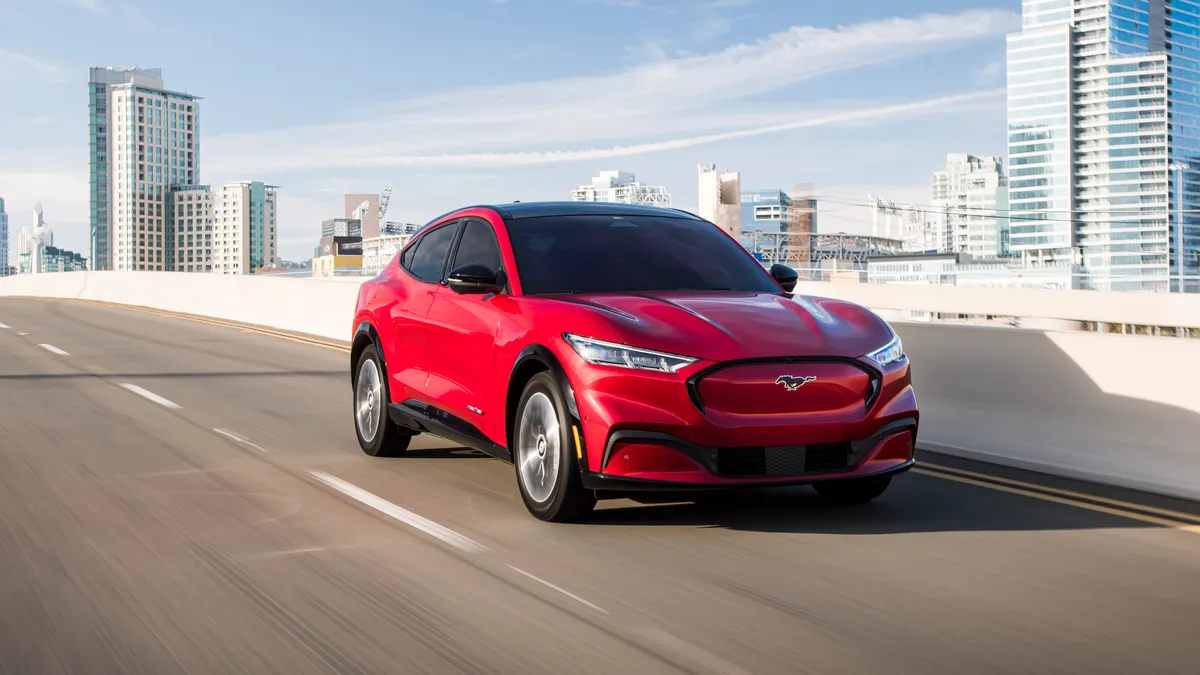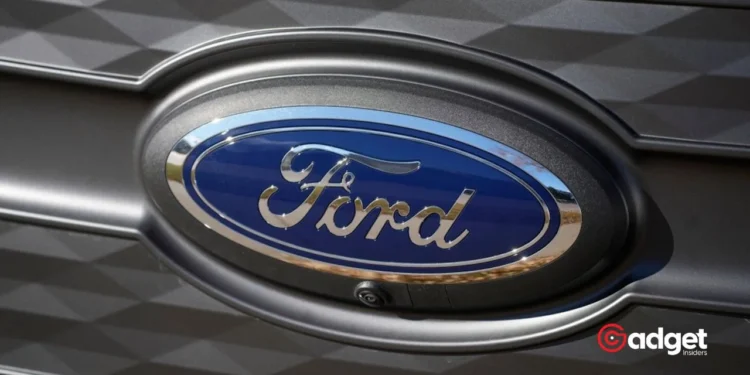The push towards partially automated driving technologies has hit a sobering roadblock. Recently, the U.S. National Highway Traffic Safety Administration (NHTSA) announced an investigation into two fatal accidents involving Ford’s Blue Cruise system.
These incidents, which occurred under the cover of night on bustling freeways, underscore the complex interplay between human oversight and automated technologies in today’s vehicles.

Tragic Incidents Spark Federal Scrutiny
Both accidents happened with Mustang Mach-E electric vehicles equipped with Ford’s Blue Cruise—a system designed to handle steering, braking, and acceleration on many North American highways.
The first crash took place in February in San Antonio, Texas, resulting in the death of one individual, while a subsequent March incident in Philadelphia claimed two lives. In each case, the vehicles were reportedly operating under Blue Cruise control just before the collisions.
As the NHTSA digs deeper, its focus is twofold: assessing how effectively the Blue Cruise system manages driving tasks and scrutinizing its camera-based driver monitoring capabilities. Ford has expressed its cooperation with the ongoing investigation, emphasizing its commitment to safety and the supplementary nature of its driving systems.
The agency's initial investigation of the crashes, which killed three people, determined that Blue Cruise was in use just before the collisions. https://t.co/QthywyIP5O
— News4JAX (@wjxt4) April 29, 2024
The NTSB’s Role and Findings
Parallel to the NHTSA’s efforts, the National Transportation Safety Board (NTSB) has been actively investigating the February incident. Their preliminary findings confirmed the vehicle was in Blue Cruise mode during the crash. Notably, the NTSB has limited authority, able to only propose safety recommendations, which puts a spotlight on the NHTSA’s capacity to enforce potential recalls or other safety measures.

The Human Element in Automated Driving
Both crashes involved scenarios where the automated systems might have been compromised by external factors, including inadequate lighting and non-functioning vehicle lights.
The Texas incident notably occurred when the Ford Mustang Mach-E collided with a stopped 1999 Honda CR-V in the middle of the freeway, highlighting potential detection and response limitations of current automated systems.
In Philadelphia, the chain-reaction crash that led to two fatalities started when the automated Ford struck an already stationary vehicle. These tragedies bring to the forefront the crucial need for drivers to remain engaged, despite the assistance of advanced driving technologies.
Looking Forward: Technology and Regulation
As investigations continue, the outcomes could lead to significant implications for the regulation of automated driving technologies. With both the NTSB and NHTSA focusing increased scrutiny on these systems, the incidents could also accelerate calls for stricter regulatory frameworks and technology standards to ensure safety.

Navigating the Future of Automated Driving
While Ford’s Blue Cruise and similar technologies offer a glimpse into a future where driving could be less burdensome and potentially safer, these recent incidents remind us of the current limitations and the ongoing need for oversight. As the industry strives towards more advanced automated vehicles, ensuring the safety of all road users remains a paramount concern.
These federal investigations are not just about assessing blame but are crucial steps toward enhancing the safety and reliability of automated driving systems, paving the way for their successful integration into daily transportation.










